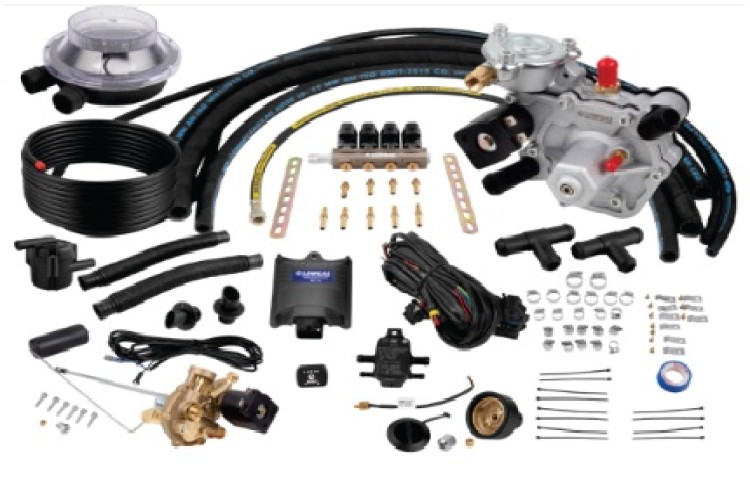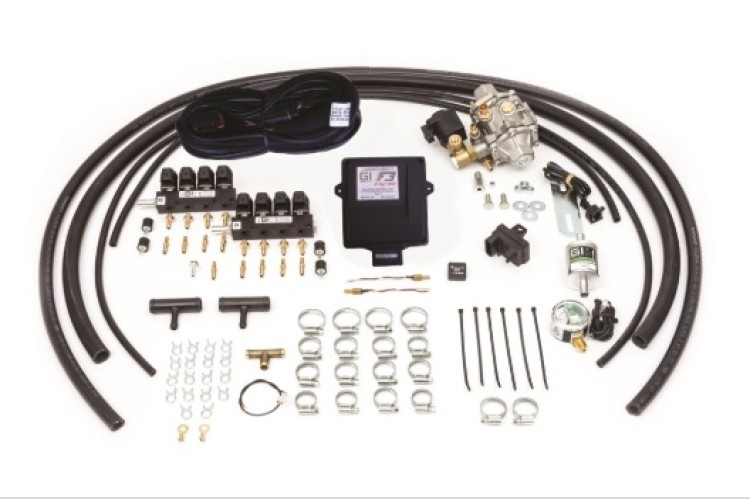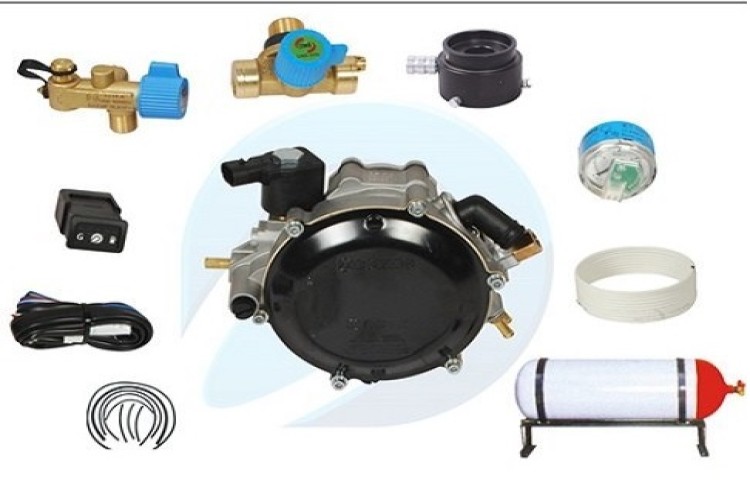
LPG CYLINDER
Key properties and specifications of an LPG (Autogas) Cylinder used in vehicles:
1. Material & Construction
- Steel Cylinders: Heavy-duty, cost-effective, and widely used.
- Composite Cylinders: Lightweight (aluminum/glass fiber), corrosion-resistant, but more expensive.
2. Pressure Rating
- Designed to withstand ~17-20 bar (working pressure).
- Test pressure ~30 bar (safety margin).
3. Capacity (Common Sizes)
- 30 to 100 liters water capacity (varies by vehicle).
- Holds ~40-60% liquid LPG (due to 80% fill rule for safety).
4. Safety Features
- Multivalve Assembly: Includes:
- 80% fill limiter (prevents overfilling).
- Pressure relief valve (PRV) (opens at ~27 bar).
- Manual shut-off valve (emergency gas cutoff).
- Thermal fuse (closes valve in case of fire).
5. Certifications & Standards
- ECE R67 (Europe), DOT/ASME (USA), ISO 11439 (Global).
- Must pass hydrostatic testing (every 5–10 years).
6. Mounting & Installation
- Secured with metal straps/brackets (crash-resistant).
- Installed in trunk, underbody, or spare tire well.
7. Temperature Resistance
- Operates safely from -40°C to +60°C.
- PRV activates if pressure exceeds safe limits due to heat.
8. Weight & Dimensions
- Steel: ~25–40 kg (empty).
- Composite: ~10–25 kg (empty).
- Cylindrical or toroidal (doughnut-shaped for spare tire space).
9. Corrosion Protection
- Steel tanks are powder-coated or galvanized.
- Composite tanks are inherently rust-proof.
10. Service Life
- Steel: 15–20 years (with periodic inspections).
- Composite: 20+ years (lighter but costlier).
11. Connectors & Ports
- Liquid withdrawal valve (feeds engine).
- Vapor return port (for some systems).
- Filling valve (external refueling point).
12. Compatibility
- Works with propane (C₃H₈) or butane (C₄H₁₀) mixes.
- Must use LPG-specific hoses/fittings (oil-resistant).
An LPG auto gas cylinder is a specially designed storage tank used in vehicles that run on liquefied petroleum gas (LPG) as an alternative fuel to petrol or diesel. Made from high-strength steel or composite materials, these cylinders are built to safely store LPG in its liquid form under pressure. They come in various shapes and sizes, commonly cylindrical or toroidal (doughnut-shaped) to fit in the boot or spare wheel well of a vehicle. LPG auto gas cylinders are equipped with safety features such as pressure relief valves, excess flow valves, and shut-off valves to ensure safe operation during refueling and driving. Certified to meet strict safety standards, these cylinders are a crucial component in any LPG conversion system, offering a clean, efficient, and cost-effective fuel storage solution for automotive use.




